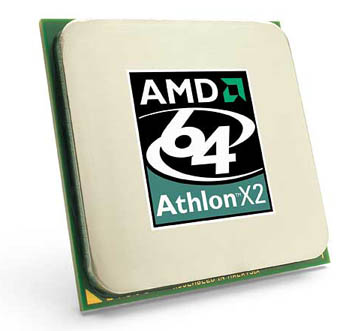Related Categories
A+ Certification CompTIACPU - Processor
RAM Memory
Motherboard
This article was published upon Indhu's request. You too can suggest a topic.
Upgradation is not something new to the field of computers. The computer has come a long way from being just a calculating machine to a device that has become a necessity everywhere. There is no industry or business that can't benefit from the usage of computers. Whether it's a managed server used for dedicated server hosting, personal desktop computers, or just your student friendly notebook computers. The number of ways we can benefit from computers are numerous. The main component of a computer has seen great changes in the past. First generation computers made use of magnetic core memory whereas second generation saw the advent of transistors. It was in the third generation which began in the 1960s that gave rise to microprocessors.
Ted Hoff, Federico Faggin and Stanley Mazor of Intel are credited with the invention of the microprocessor. One of the early third-generation microprocessor Intel 8742 is an 8-bit microcontroller whose CPU runs at 12MHz and has 128bytes of RAM. This was considered to be revolutionary at that time as the size of a computer got dramatically reduced. In short, computers started to become compact and this lead to the birth of personal computer systems, popularly known as PCs.
 IBM, Intel and AMD are the pioneers in the field of microprocessor manufacturing.
IBM, Intel and AMD are the pioneers in the field of microprocessor manufacturing.All these latest computer processor gained immense popularity after the 1980s as there was great development in the field of computers and technology. Intel 4004 was the first ever single-chip 4-bit microprocessor and it was released on November 15, 1971. The first 8-bit processor was 8008 and it released on April 1, 1972. Processors such as Intel 8080, 8085, 8086, 8088, 80186, 80188 and 80286 followed in the forthcoming decade.
The 80s saw the rise of 32-bit processors namely, the Intel 80386, 80376, 80486. Next came the landmark Pentium series of Intel. Pentium I, II, Celeron, III and IV processors proved to be effective too and found a lot of customers worldwide. In fact, personal computer systems became affordable after the Pentium III processor came into existence. 64-bit generators were created by Intel under the Core Series. Core 2 Duo Processor, Intel Dual Core Processors etc are now used by many people all over the world.
 AMD
(Advanced Micro Devices) entered the scene of microprocessor devices in
the 1975 with the AM 2900 series. AM 2901 to 2914 were manufactured in
the same year followed by 29000 microprocessors from 1987-95. AMD came
up with high end microprocessors in the year 2003 with the production of
the K8 series which included the Opteron Processor, Athlon 64, Turion Processors,
Athlon 64 X2 and Turion 64 X2 families. The Phenom family was released
in 2008 and was followed with upgraded versions such as Phenom X3 and
Phenom II series. AMD has planned to come up with the Fusion
microprocessor which combines general processor execution with 3D
geometry processing and all other functions of GPUs together. This is
being produced by AMD with the collaboration of ATI.
AMD
(Advanced Micro Devices) entered the scene of microprocessor devices in
the 1975 with the AM 2900 series. AM 2901 to 2914 were manufactured in
the same year followed by 29000 microprocessors from 1987-95. AMD came
up with high end microprocessors in the year 2003 with the production of
the K8 series which included the Opteron Processor, Athlon 64, Turion Processors,
Athlon 64 X2 and Turion 64 X2 families. The Phenom family was released
in 2008 and was followed with upgraded versions such as Phenom X3 and
Phenom II series. AMD has planned to come up with the Fusion
microprocessor which combines general processor execution with 3D
geometry processing and all other functions of GPUs together. This is
being produced by AMD with the collaboration of ATI.These two companies are the market leaders in the field of microprocessors. With notebook computers gaining popularity, PCs have started to lose their previous lustre and demand. In fact, laptop computer sales have had a very steady growth in the past few years. Moreover, micro-technology has given way to nano-technology and R&D institutions as well as computer hardware manufacturers have started to concentrate more on this area. Microprocessors have for sure changed the entire field of personal computer systems and helped mankind in many ways.
Now that you've gotten free know-how on this topic, try to grow your skills even faster with online video training. Then finally, put these skills to the test and make a name for yourself by offering these skills to others by becoming a freelancer. There are literally 2000+ new projects that are posted every single freakin' day, no lie!